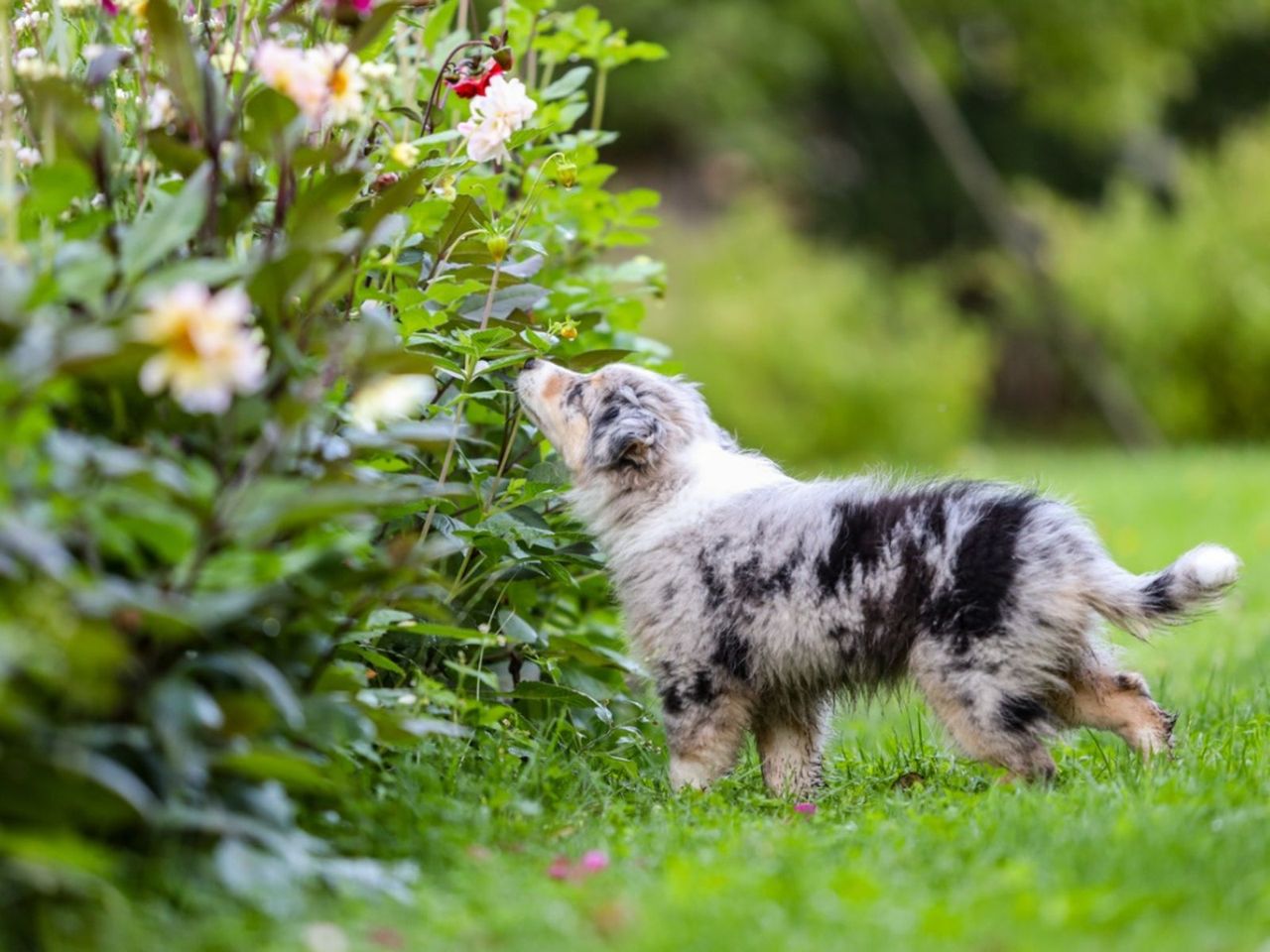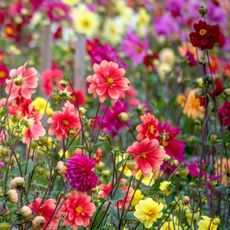Creating A Dog Friendly Garden


Gardening is one of the most popular pastimes in the world. Dogs are one of the most popular pets in the world. So, it would stand to reason, that there are a great many gardens in the world that have resident dogs. This can cause some dog vs garden issues, but those issues can be headed off long before they become problems with a little bit of planning. Creating a dog friendly garden will help you and your canine friend enjoy the garden.
Start with Big Plants
As much as we would like Fido the dog to not tear up our new plants, chances are he will. When you put a new plant into your garden, you may want to invest in a larger plant. A larger plant is less likely to be disturbed by your dog than a smaller plant. If you don't want to buy bigger plants, make sure you put a cage around it until it gets bigger. Tomato cages work well for this.
Make Solid Paths
Pets, like people, would prefer to follow a path. Create paths in your garden that your pet can follow (rather than going through your beds). Use solid pavers rather than mulch or gavel. To a dog, loose materials are ideal for digging in. If your dog is still going through your flower beds even after you have provided paths, get down to her level and see what she sees. Perhaps there is a "doggy" path through your bed in the form of gaps in your plantings. Add additional plantings or place a barrier in these unintended paths.
Provide Shade the Dog Can Use
In hot weather, a dog will look for cool places to relax. If you provided him with an easy access shaded area, your dog will lay there rather than somewhere else in your garden where he may do damage.
Know Which Plants in Your Garden are Poisonous
Most dogs will not chew on plants, but some do, especially young dogs. Be aware of the kinds of plants you have in your garden and which are poisonous to dogs. If you see the dog has chewed on one of the poisonous plants, you will be much more able to get your dog the medical attention it needs.
Limit Pesticide and Herbicide Use
While pesticides and herbicides will not kill your dog, it can make the animal sick. Remember, your dog is much closer to the ground and these chemicals than you are and has less body mass, which makes the chemicals more concentrated. Consider using more natural ways to fight off pests and weeds. If you must use chemicals, limit your dog's contact with the affected area for at least a few days after you have applied the chemicals.
Leave Some Portion of Your Yard as Grass
While lawn-less yards are becoming quite popular, keep in mind that your dog is designed to run. Make sure you provide an area to run in. This will help keep your dog from trying to run through your beds. Also, keep in mind that a dog that is not able to expend energy will be more prone to digging. Making a dog friendly garden is not all that hard to do and is well worth the effort. By following these few tips, both you and your beloved companion can enjoy all that the garden has to offer.
Gardening tips, videos, info and more delivered right to your inbox!
Sign up for the Gardening Know How newsletter today and receive a free copy of our e-book "How to Grow Delicious Tomatoes".

Heather Rhoades founded Gardening Know How in 2007. She holds degrees from Cleveland State University and Northern Kentucky University. She is an avid gardener with a passion for community, and is a recipient of the Master Gardeners of Ohio Lifetime Achievement Award.
-
 7 Vegetables To Plant In April: Start Indoors Or Outside For A Bumper Summer Harvest
7 Vegetables To Plant In April: Start Indoors Or Outside For A Bumper Summer HarvestAchieve your growing ambitions with these best vegetables to plant in April – including cold-hardy crops to sow direct and tender varieties to start indoors
By Mary Ellen Ellis
-
 Cut Flower Garden For Beginners: 8 Easy Decorative Floral Plants For Newbies To Grow
Cut Flower Garden For Beginners: 8 Easy Decorative Floral Plants For Newbies To GrowAre you new to growing decorative florals for bouquets and ornamental displays? A cut flower garden for beginners is well within reach if you grow these flower seeds
By Tonya Barnett